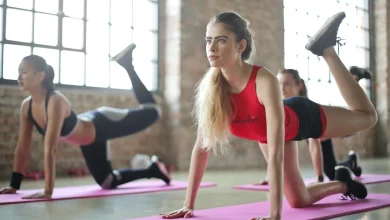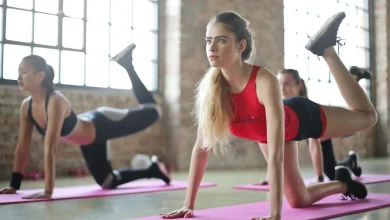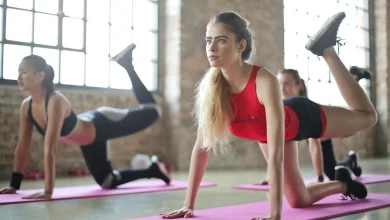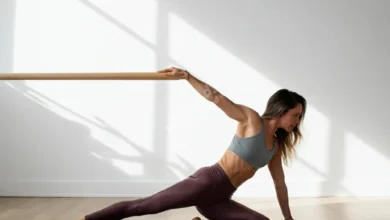Overcome Chronic Pain with Pilates | Well Body Happy Mind
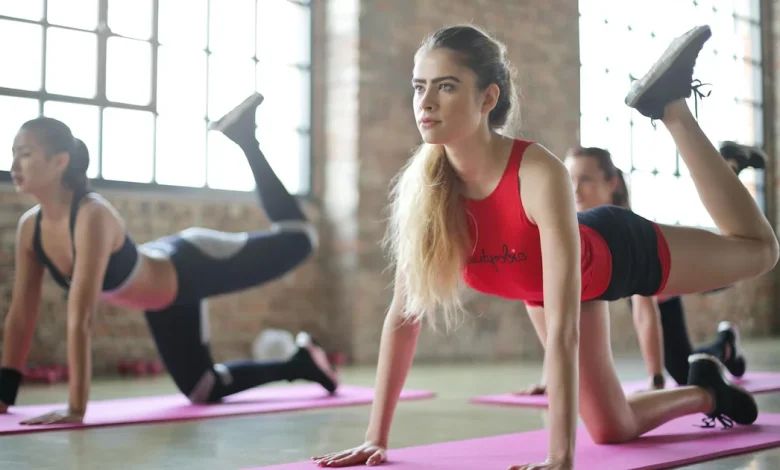
How Can Pilates Assist in Overcoming Chronic Pain?
Chronic pain can be a debilitating condition that affects many aspects of life. It can make simple tasks feel monumental and can lead to emotional distress. Fortunately, Pilates offers a holistic approach to managing and alleviating chronic pain. In this article, we’ll explore how Pilates can help, the science behind it, and practical tips to incorporate it into your routine.
Understanding Chronic Pain
Chronic pain is defined as pain that lasts for more than three months. It can result from various conditions, including arthritis, fibromyalgia, or previous injuries. Unlike acute pain, which serves as a warning signal, chronic pain can persist even after the underlying injury has healed. This ongoing discomfort can lead to a decreased quality of life, affecting your physical and mental well-being.
The Role of Pilates in Pain Management
Pilates is a low-impact exercise method that focuses on strengthening muscles, improving flexibility, and enhancing body awareness. It emphasizes core strength, alignment, and controlled movements, making it particularly beneficial for individuals dealing with chronic pain.
- Strengthening Core Muscles: A strong core can support the spine and reduce the strain on muscles and ligaments, alleviating pain.
- Improving Flexibility: Tight muscles can contribute to pain; Pilates stretches and lengthens muscles, promoting better movement.
- Enhancing Posture: Poor posture can exacerbate pain; Pilates teaches proper alignment, which helps in reducing discomfort.
- Mind-Body Connection: Pilates encourages mindfulness and body awareness, helping individuals understand their pain triggers.
Evidence Supporting Pilates for Chronic Pain
Research has shown that Pilates can be effective in managing chronic pain in various populations. A study published in the Journal of Pain Research found that participants with chronic lower back pain who engaged in a Pilates program reported significant reductions in pain and improved functional abilities. Another study in the Physical Therapy journal highlighted that individuals with arthritis who practiced Pilates experienced enhanced flexibility and a decrease in pain levels.
Getting Started with Pilates
Starting a new exercise regime can be daunting, especially if you’re dealing with chronic pain. However, Pilates can be adapted to suit your individual needs. Here are some tips to help you begin:
1. Consult with Your Healthcare Provider
Before beginning any exercise program, especially if you have chronic pain, it’s crucial to consult with your healthcare provider. They can provide guidance tailored to your specific condition and limitations.
2. Choose a Qualified Instructor
Find a Pilates instructor who has experience working with individuals who have chronic pain. They can offer modifications and ensure you practice safely.
3. Start Slow and Be Patient
Begin with shorter sessions and gradually increase the duration and intensity of your workouts. Listen to your body and don’t push through pain. It’s about progress, not perfection.
4. Focus on Breathing
Breathing is a fundamental aspect of Pilates. Proper breathing techniques can help you manage pain and enhance relaxation. Pay attention to your breath throughout your practice.
5. Incorporate Mindfulness
Use your Pilates practice as an opportunity to cultivate mindfulness. Focus on how your body feels during each movement. This awareness can help you recognize pain triggers and manage discomfort.
Specific Pilates Exercises for Pain Relief
Here are a few Pilates exercises that can help alleviate chronic pain:
1. The Pelvic Curl
This exercise helps to strengthen the lower back and improve flexibility in the spine.
- Lie on your back with your knees bent and feet flat on the floor.
- Inhale to prepare, then exhale as you lift your hips off the floor, creating a straight line from your knees to your shoulders.
- Hold for a moment before inhaling as you lower back down.
2. The Cat-Cow Stretch
Great for spinal flexibility, this stretch can help relieve back pain.
- Start on your hands and knees in a tabletop position.
- Inhale as you arch your back (cow), and exhale as you round your spine (cat).
- Repeat several times, focusing on your breath.
3. The Side-Lying Leg Lift
This exercise strengthens the hips and core, supporting overall stability.
- Lie on your side with your legs stacked.
- Lift your top leg while keeping it straight, then lower it back down.
- Repeat for several repetitions before switching sides.
Conclusion
Pilates can be a powerful tool in managing chronic pain. By focusing on core strength, flexibility, and mindfulness, it can help you regain control over your body and improve your quality of life. Remember to consult with your healthcare provider and choose a qualified instructor to ensure a safe and effective practice. With patience and persistence, you can incorporate Pilates into your routine and find relief from chronic pain.
